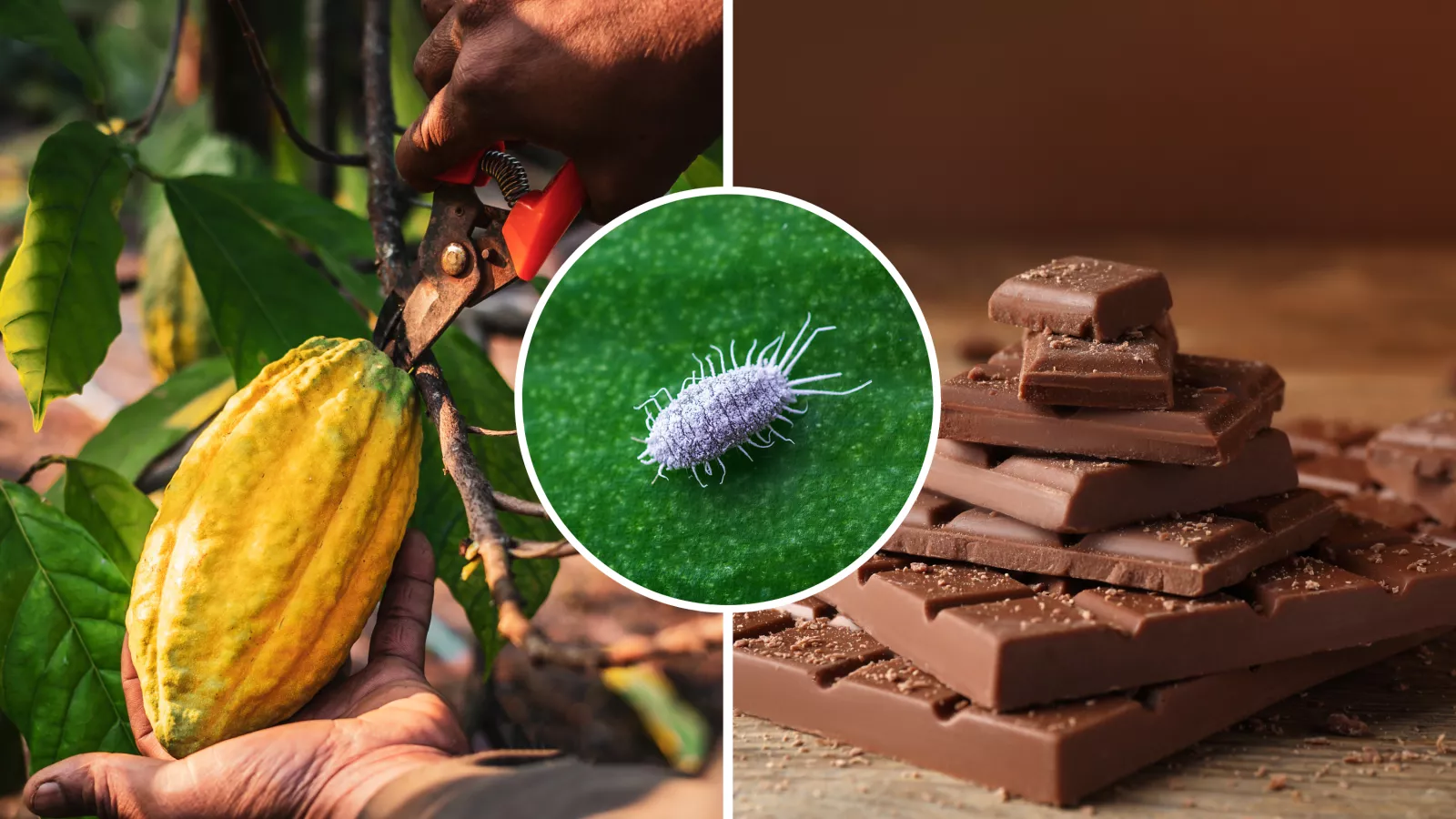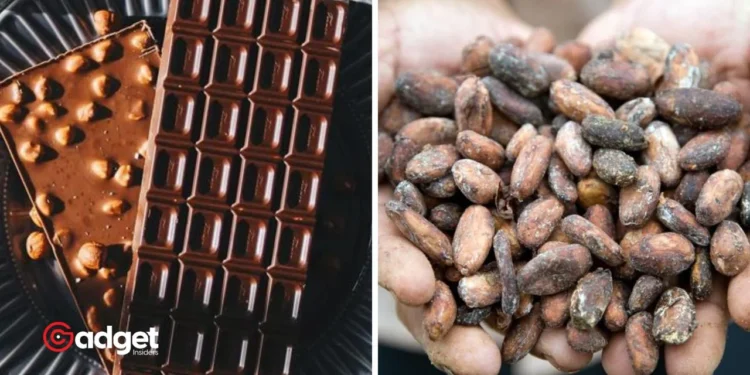The cherished ritual of unwrapping a chocolate bar could soon become a rare luxury. A virus targeting cacao trees—the vital ingredient for chocolate—is posing a serious threat to the global chocolate supply, particularly from West Africa, the heartland of cocoa production.

The Core of the Crisis: Cacao Swollen Shooting Virus Disease
West Africa, specifically Côte d’Ivoire and Ghana, is crucial to the chocolate industry, supplying half of the world’s cocoa. A recent study published in PLoS ONE reveals a disturbing trend where between 15 to 50 per cent of the cocoa harvest in Ghana is lost annually due to the cacao swollen shot virus disease (CSSVD). The disease is transmitted by mealybugs that infest the trees, spreading the virus as they feed on the leaves, buds, and flowers.
Benito Chen-Charpentier, a professor of mathematics at The University of Texas at Arlington and a co-author of the study, emphasizes the gravity of the situation. “This virus is a real threat to the global supply of chocolate,” he stated, highlighting the significant economic and ecological stakes involved.
Bad news for chocoholics. 🍫🤯
The world's supply is under threat as a destructive disease sweeps across cacao trees in West Africa.
The virus is transmitted through bugs feeding on the plants, which scientists have put down to climate change. #9News pic.twitter.com/FGU3xfSxAQ
— 9News Australia (@9NewsAUS) April 25, 2024
The Battle Against the Bug
Controlling the spread of CSSVD has proven challenging due to the resilience of its vectors, the mealybugs. These pests are notoriously difficult to eradicate with pesticides, pushing farmers towards more drastic measures like cutting down infected trees and attempting to cultivate resistant varieties. Despite these efforts, over 250 million cacao trees in Ghana have succumbed to the virus, as Chen-Charpentier notes, devastating local economies and the global chocolate supply chain.

Innovative Solutions on the Horizon
In the fight against this agricultural menace, scientists have proposed innovative strategies, including a vaccination program for the trees. Although costly and potentially reducing cocoa yield, vaccinated trees offer new hope. The latest research suggests a strategic planting model where vaccinated trees are interspersed among unvaccinated ones, potentially creating a buffer and slowing the virus’s spread.
Chen-Charpentier explains, “Mealybugs have several ways of movement, including moving from canopy to canopy, being carried by ants or blown by the wind. What we needed was a model for cacao growers so they could know how far away they could safely plant vaccinated trees from unvaccinated trees in order to prevent the spread of the virus while keeping costs manageable for these small farmers.”

A Ray of Hope for Chocolate Lovers and Farmers
While still in the experimental phase, these models offer a beacon of hope. “This is good for farmers’ bottom line, as well as our global addiction to chocolate,” Chen-Charpentier remarked. If successful, these strategies could not only preserve the livelihoods of countless small-scale farmers but also ensure the continued enjoyment of chocolate worldwide.
In our quest to safeguard our beloved chocolate, the resilience and innovation of the scientific community and cocoa farmers are more crucial than ever. As this research continues to develop, the hope remains strongly that we can keep this global threat accessible for generations to come.
As the situation develops, the importance of supporting research and sustainable practices in cocoa farming cannot be overstated. For chocolate lovers around the world, the stakes have never been higher, nor has the call to action been more urgent.










